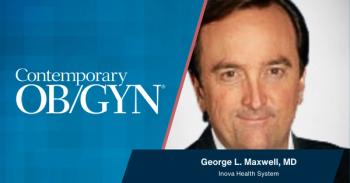
ACOG: Delaying Non-Indicated Induction of Labor or Scheduled Cesarean May Reduce NICU Utilization
A study that examined trends in timing of non-medically necessary elective delivery and NICU utilization indicates that the older the gestational age of the infant, the less the NICU is utilized.
The 2008-2011 study included 42,290 women who reported uncomplicated pregnancies in a pregnancy risk assessment program. The women had singleton pregnancies and chose elective labor induction (n= 27,677) or elective cesarean delivery (n= 14,613) within 37 to 41 weeks gestation.
Data were grouped by elective induction or scheduled cesarean delivery at 37, 38 or ≥ 39 weeks and nursery utilization was compared by week.
Over the course of the four-year study, researchers noted a shift in the timing of elective induction and scheduled cesarean delivery toward the ≥39 week mark. See Table 1.
Table 1
*p<0.001
Nursery utilization was higher with delivery at 37 weeks. For each delivery week, cesarean delivery and induction NICU utilization rates varied. See Table 2.
Table 2
Jasbir Singh, MD, of the Washington Hospital System, who presented the findings at the American Congress of Obstetricians and Gynecologists’ Annual Clinical Meeting, said that there were a higher proportion of infants admitted to the NICU or for long hospitalization at 37 weeks than at 39 weeks. “The proportion of adverse neo-natal outcomes declined each week until 39 weeks and the highest rate of NICU admission or long hospitalization was seen when women underwent elective cesarean at 37 weeks,” Singh said.
He said findings were consistent with the current literature, which showed increased risk to NICU admission and prolonged hospitalizations with elective delivery prior to 39 weeks. “We are reassured,” he added, “by the downward trend in the practice of elective delivery prior to 39 weeks.”
Newsletter
Get the latest clinical updates, case studies, and expert commentary in obstetric and gynecologic care. Sign up now to stay informed.










